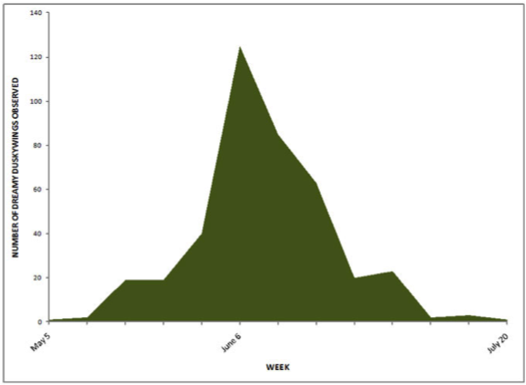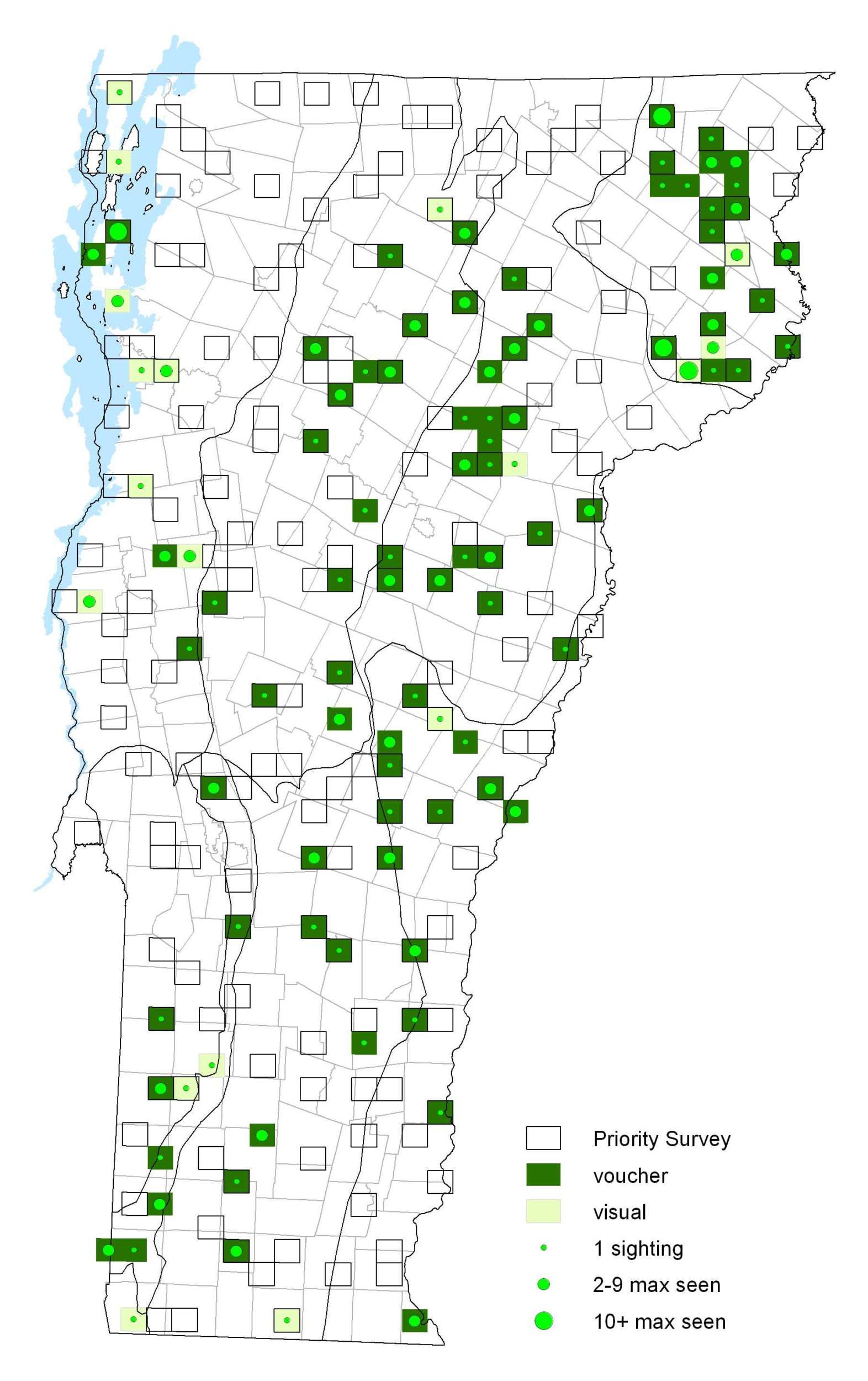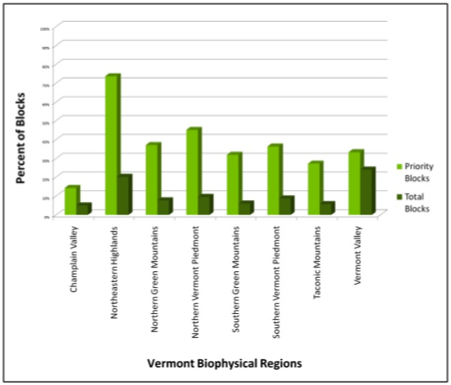|
Resident Conservation Status North American Range |
How did the Dreamy Duskywing get its name? This species often lacks the multiple white forewing markings common with others in its genus. Thus it was tagged with the Dreamy moniker as if its white markings, or “eyes”, are closed. They are low, fast fliers and may gather in groups to “puddle”. To seek females, males perch and wait in openings near woods. Females lay eggs singly on host plant leaves. Caterpillars feed on leaves and rest in leaf nests. They overwinter in leaf shelters in last instar.
Identification
Small for a Duskywing. Long labial palpi point forward; antennal clubs are pointed. Wings are black; forewing has no transparent spots but is dusted with gray scales and has bands of dark spots. Male has a costal fold containing yellow scent scales; female has a patch of scent scales on the 7th abdominal segment.
Flight
First eclose in early May and continue flying through the end of July. They have one brood and are most abundant near the beginning of June. Extreme dates: 5 May 2006 in Bennington (K. Hemeon) and 20 July 2004 in East Haven (C. Rimmer).
Distribution and Habitat
During VBS they were commonly found throughout Vermont, with the exception of the northern Champlain Valley, outside of the islands, and Northern Green Mountains. They are adaptable generalists and can be found in a variety of open habitats such as woodland openings and edges, streamsides and fields. Adults nectar blueberry (Vaccinium), dogbane (Apocynum), New Jersey Tea (Ceanothus americanus) and lupine (Lupinus). Hosts include willow (Salix), aspen (Populus) and occasionally birch (Betula).







